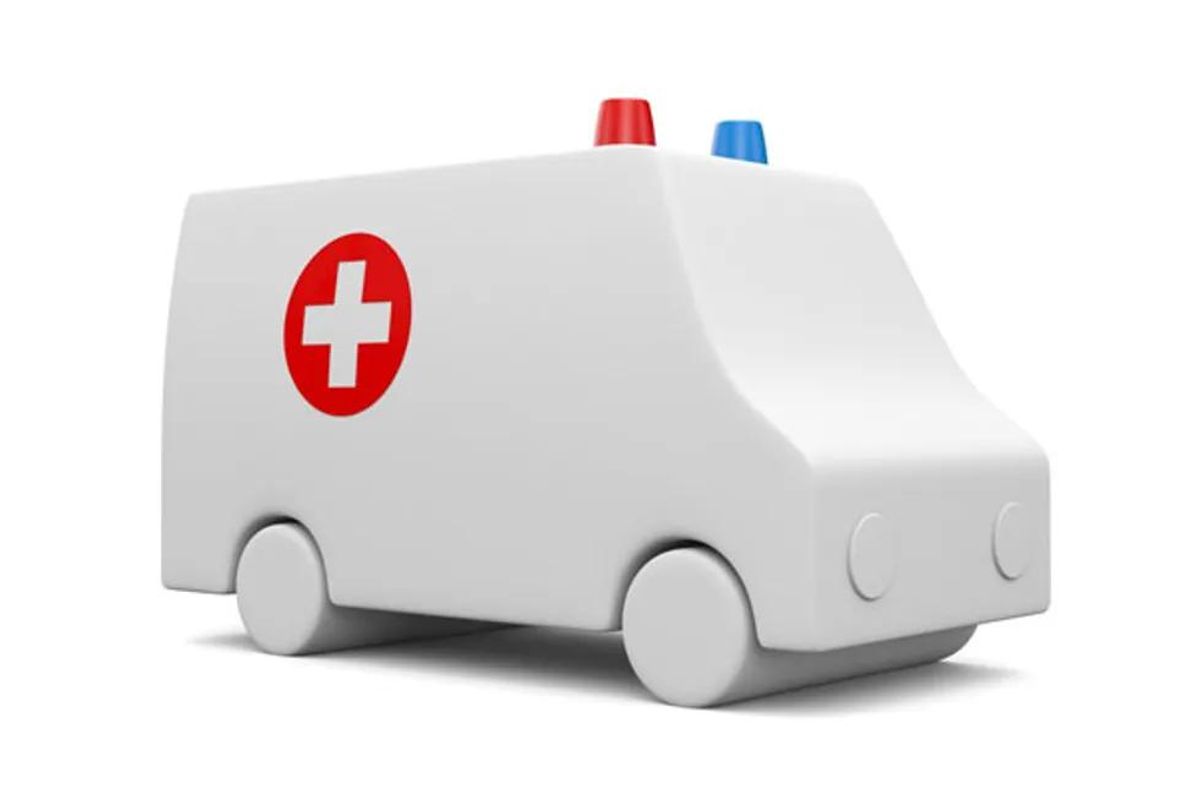In medical emergencies, it can be crucial to seek help quickly. As an RN, I've seen instances where getting immediate care can make all the difference.
For some injuries and illnesses, there is a short window of time during which medical treatment should be administered. Once that window closes, the chances of successful treatment shrinks. In medicine, it's known as the "golden hour."
Here are some guidelines on recognizing emergencies and getting help quickly:
STROKE
Seek treatment within 3-4 hours
If the flow of oxygen-rich blood to a portion of the brain is blocked, a stroke occurs—and brain cells can begin to die after just a few minutes. Sudden bleeding in the brain may also cause a stroke. Symptoms include sudden weakness, paralysis or numbness of the face, arms or legs; trouble speaking or understanding speech; and trouble seeing. A stroke is a serious medical condition requiring emergency care. It can cause lasting brain damage, long-term disability or even death.
A drug called tissue plasminogen activator (or tPA) is injected into a vein in your arm, and can break up blood clots in the arteries of the brain. But it must be given within four hours to be effective. It should be given as soon as possible.
If you suspect you or someone else is experiencing the symptoms of a stroke, dial 911 immediately. Don't drive to the hospital or let someone drive you—medical personnel in an ambulance can begin this lifesaving treatment on the way to the emergency room.
BELL'S PALSY
Seek treatment within 72 hours
Symptoms of this temporary form of facial paralysis caused by a swollen, inflamed or compressed nerve that controls the facial muscles vary from person to person. They may include twitching, weakness or paralysis on one or both sides of the face (though the latter is rarer); drooping of the eyelid and corner of the mouth; drooling; impaired taste; or excessive tearing in one eye. Symptoms usually come on suddenly and reach their peak within 48 hours. Bell's palsy can occur at any age but is less common before age 15 or after age 60. Among the 40,000 Americans afflicted each year, Bell's palsy is more common among those with diabetes or upper respiratory ailments like the flu or a cold.
Though most people eventually recover, it can cause long-term facial disfigurement. That's why it's important to seek treatment (at an urgent-care center or the emergency room of a hospital) fast—within 72 hours of the onset of symptoms. Oral steroids can reduce inflammation and restore function of the affected nerve.
TETANUS
Seek treatment within 72 hours
Tetanus is a serious bacterial disease and potentially lethal infection. The tetanus infection, which is fatal in one of every 10 cases, can cause painful muscle contractions, especially in your jaw and neck muscles, and can interfere with your ability to breathe. It's commonly known as "lockjaw."
The tetanus vaccine can protect you against developing the infection, for which there is no cure. You may develop tetanus if you have been contaminated with dirt, animal feces or manure through a deep cut or puncture wound. Seek help within 72 hours if you haven't had a booster shot within 10 years or aren't sure of when you were last vaccinated against tetanus. Treatment includes a shot of tetanus immune globulin along with a standard booster.
HIGH BLOOD PRESSURE
Seek treatment immediately if it suddenly rises and stays that way
If your blood pressure registers a systolic reading (top number) of 180 mm Hg or higher or a diastolic reading (bottom number) of 110 mm Hg or higher for more than a few minutes with repeated checking, it's considered a hypertensive crisis and you should seek immediate emergency medical treatment.
Symptoms include chest pain, shortness of breath, back pain, numbness or weakness, change in vision or difficulty speaking. When blood pressure rises quickly and severely, results can include stroke, memory loss, heart attack, damage to the eyes and kidneys or loss of kidney function. To lower your blood pressure, you'll most likely be treated with an adjustment of your oral medications.
SUDDEN AND RAPID VISION LOSS
Seek immediate treatment
Flashes of light or floaters (small bits of debris that look like spots, hairs or strings) in your eyes or darkness over part of your visual field that occur suddenly or in great numbers may signal a possible retinal tear or detachment, when the retina pulls away from the layer of blood vessels it needs to provide it with oxygen and nourishment. Although it's painless, it can lead to vision loss and requires immediate medical attention by an ophthalmologist.
You're more at risk if you have a family history or retinal detachment, are older than 40 or have had a previous severe eye injury or trauma. Treatments include surgery or a procedure that injects air or gas into your eye (known as pneumatic retinopexy), draining and replacing the fluid in the eye, or cryopexy, where the surgeon applies a freezing probe to the outer surface of the eye directly over the retinal defect.
What about non-emergency situations?
When it's not an emergency, you have more options. For times when it may not be convenient to see your doctor, but you don't need emergency care, there's many telehealth options. It's a quick and easy way to see a doctor 24/7 for face-to-face video conferencing.







